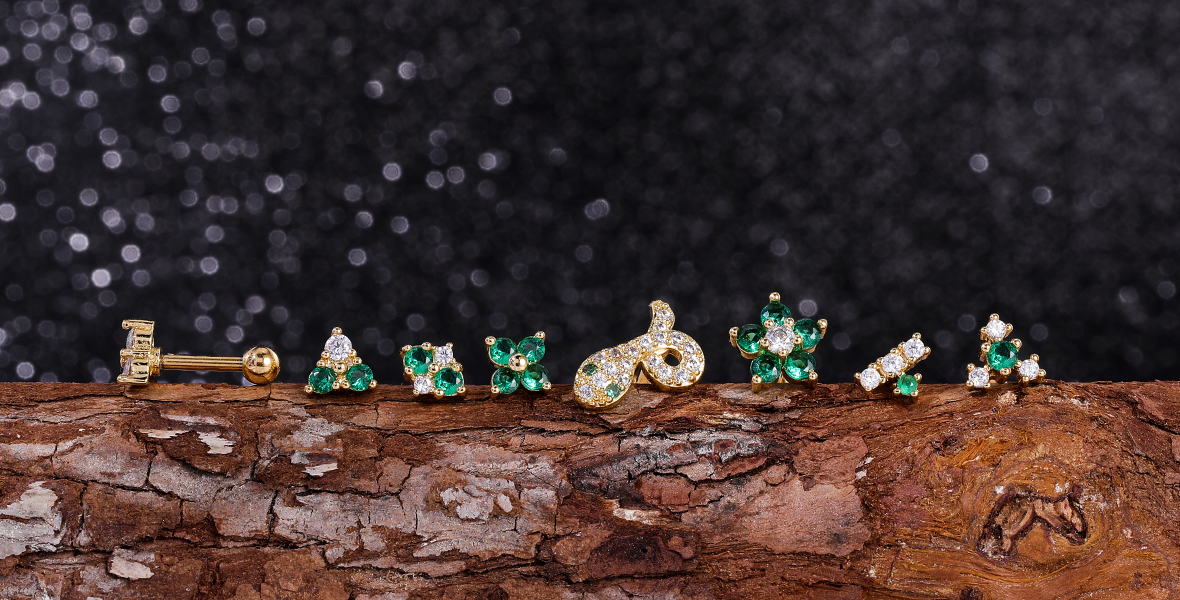Views: 59 Author: Site Editor Publish Time: 2023-03-22 Origin: Site
Piercing jewelry is a form of body modification that involves inserting decorative objects into various parts of the body. Piercing jewelry can be worn on the ears, lips, nose, belly button and more. Piercing jewelry can express one’s personality, style and preferences.
There are many types of piercing jewelry available on the market, ranging from simple studs and hoops to elaborate chandeliers and clickers.
Ear Piercing Jewelry: This includes earrings, plugs, tunnels, barbells, cuffs and more. Ear piercing jewelry can be worn on different parts of the ear such as the lobe, cartilage, tragus and helix.
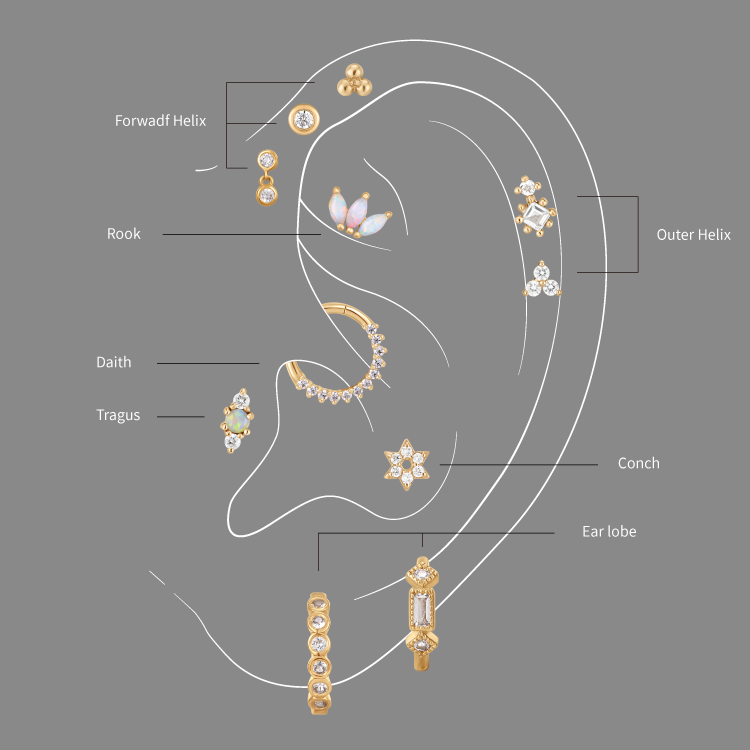
Lip Piercing Jewelry: This includes rings, studs, labrets and more. Lip piercing jewelry can be worn on different parts of the lip such as the upper lip (monroe), lower lip (labret) or both sides (snake bites).
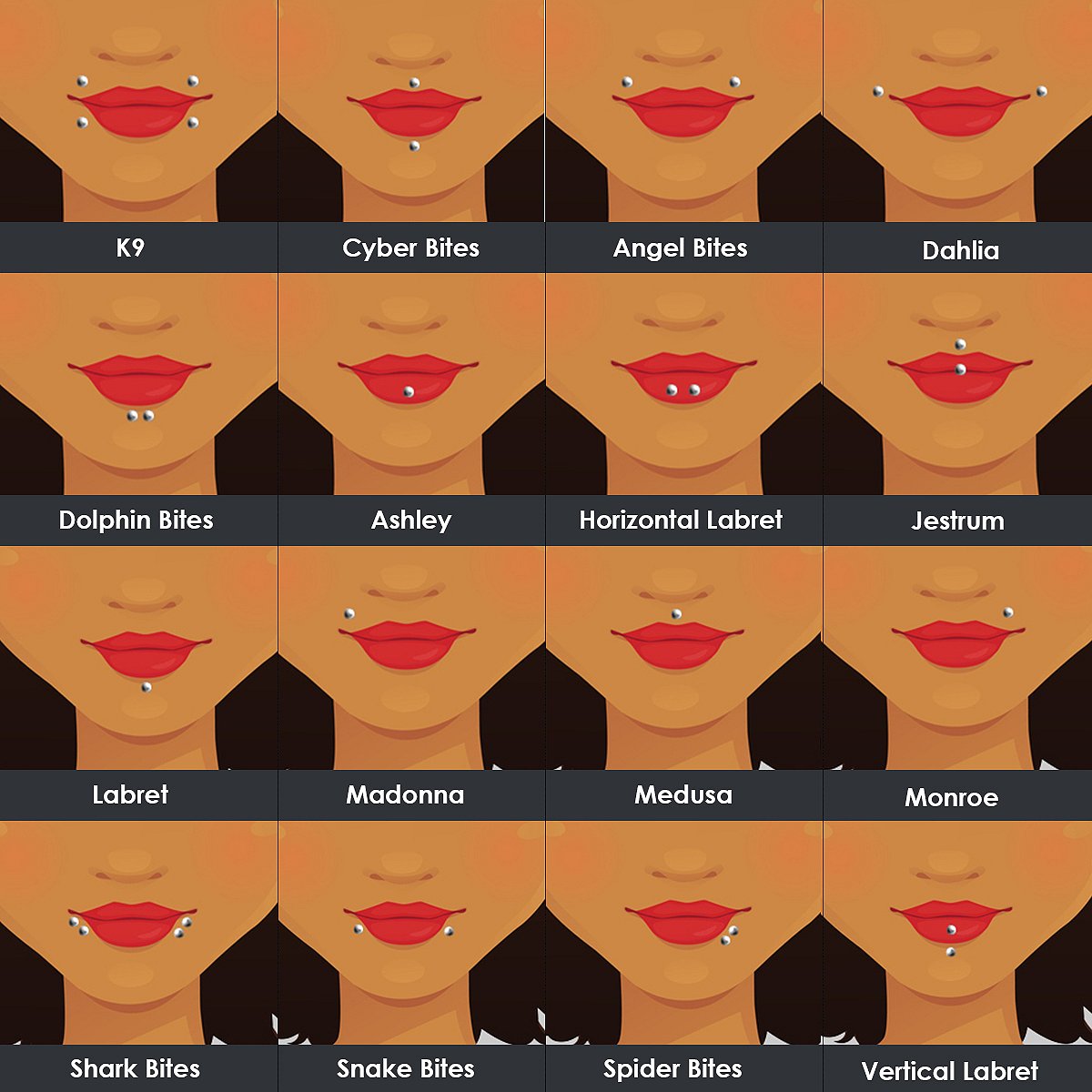
Nose Piercing Jewelry: This includes rings, studs, screws and more. Nose piercing jewelry can be worn on different parts of the nose such as the nostril (nose ring), septum (septum ring) or bridge (bridge barbell).
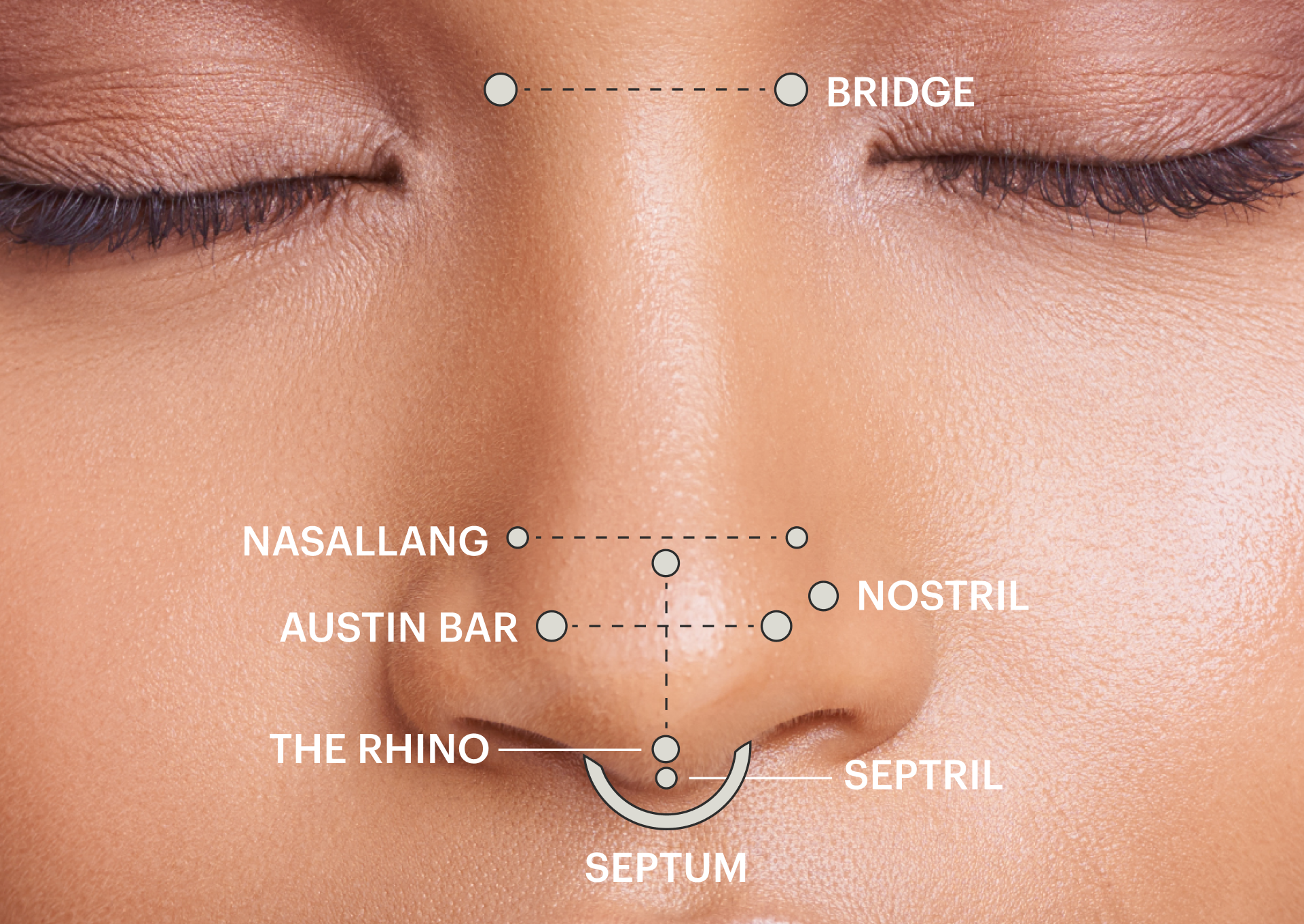
Belly Piercing Jewelry: This includes rings, barbells, dangles and more. Belly piercing jewelry can be worn on the navel (belly button ring) or above it (top belly ring).
Piercing jewelry can also vary in terms of materials used to make them.
Stainless Steel: This is a durable and affordable material that is resistant to corrosion and tarnishing. Stainless steel is suitable for most piercings as it is hypoallergenic and easy to clean.
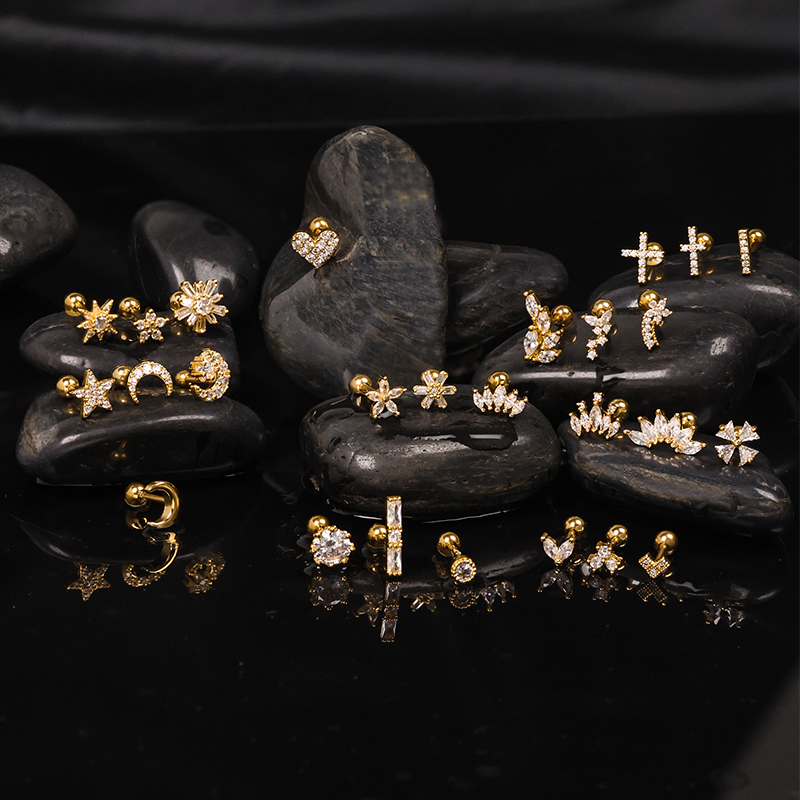
Copper: This is a metal that has a reddish-brown color and a warm tone. Copper is often mixed with other metals such as zinc or tin to form alloys such as brass or bronze. Copper can add a vintage or rustic touch to piercing jewelry.
Alloys: These are metals that are made by combining two or more elements such as copper with zinc (brass) or copper with tin (bronze). Alloys can have different colors and properties depending on their composition. Alloys are usually cheaper than pure metals but may cause allergic reactions in some people.
Titanium: This is a metal that has a silver-gray color and a high strength-to-weight ratio. Titanium is lightweight but strong and resistant to corrosion and scratches. Titanium is ideal for piercings as it is hypoallergenic and biocompatible.
Precious Metals: These include gold, silver and platinum which are rare and valuable metals that have a shiny appearance and a high quality feel. Precious metals are often used for fine piercing jewelry that requires craftsmanship and elegance.

Gold: This is a metal that has a yellow color and a high luster. Gold is often mixed with other metals such as copper or silver to form alloys with different karats (purity levels) such as 14k gold or 18k gold. Gold is suitable for most piercings as it is hypoallergenic and does not tarnish easily.
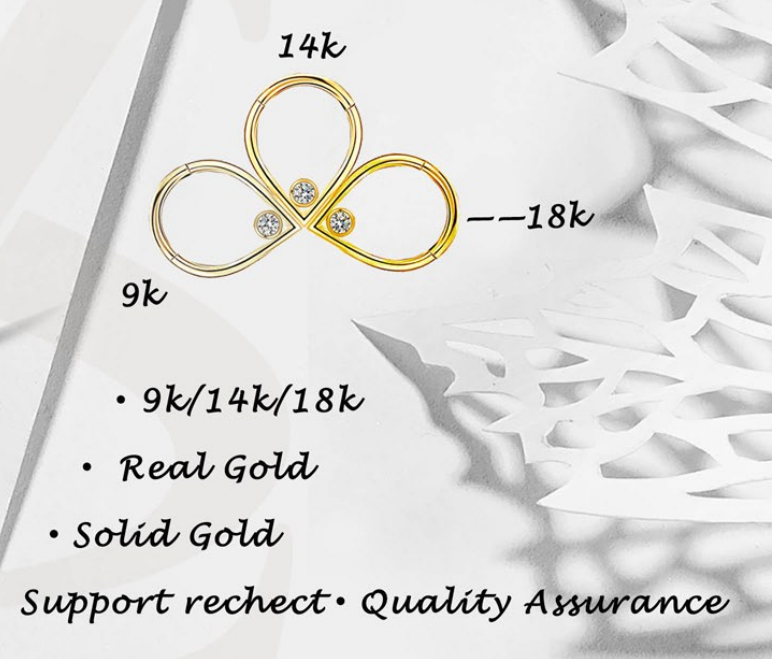
Silver: This is a metal that has a white color and a high reflectivity. Silver is often mixed with other metals such as copper to form alloys with different grades such as sterling silver or fine silver. Silver is suitable for most piercings but may tarnish over time if not cleaned properly.
Platinum: This is a metal that has a silvery-white color and a high density. Platinum is one of the rarest and most expensive metals in the world and has excellent durability and resistance to corrosion and scratches. Platinum is suitable for most piercings but may be too heavy for some people.
Some other materials that can be used for piercing jewelry are:
Natural Stones: These include gems, crystals, minerals, pearls, shells, corals, wood, bone, horn, amber, turquoise, opal, jade, quartz, amethyst, garnet, ruby, sapphire, emerald and more. Natural stones can add color, texture and meaning to piercing jewelry depending on their properties and symbolism. Natural stones may require special care depending on their hardness and porosity.
Zirconia: This is an artificial stone that resembles diamond in appearance but has lower cost and higher durability. Zirconia can add sparkle and glamour to piercing jewelry. Zirconia can mimic different shapes and colors of natural stones but has higher durability and lower cost.
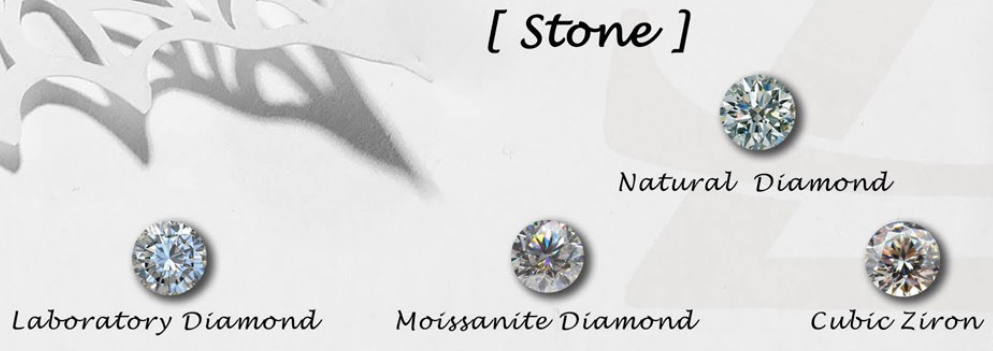
New gem shapes: Instead of a single stud, many people opt for lots of sparkle in different shapes, such as stars, hearts, moons and flowers.
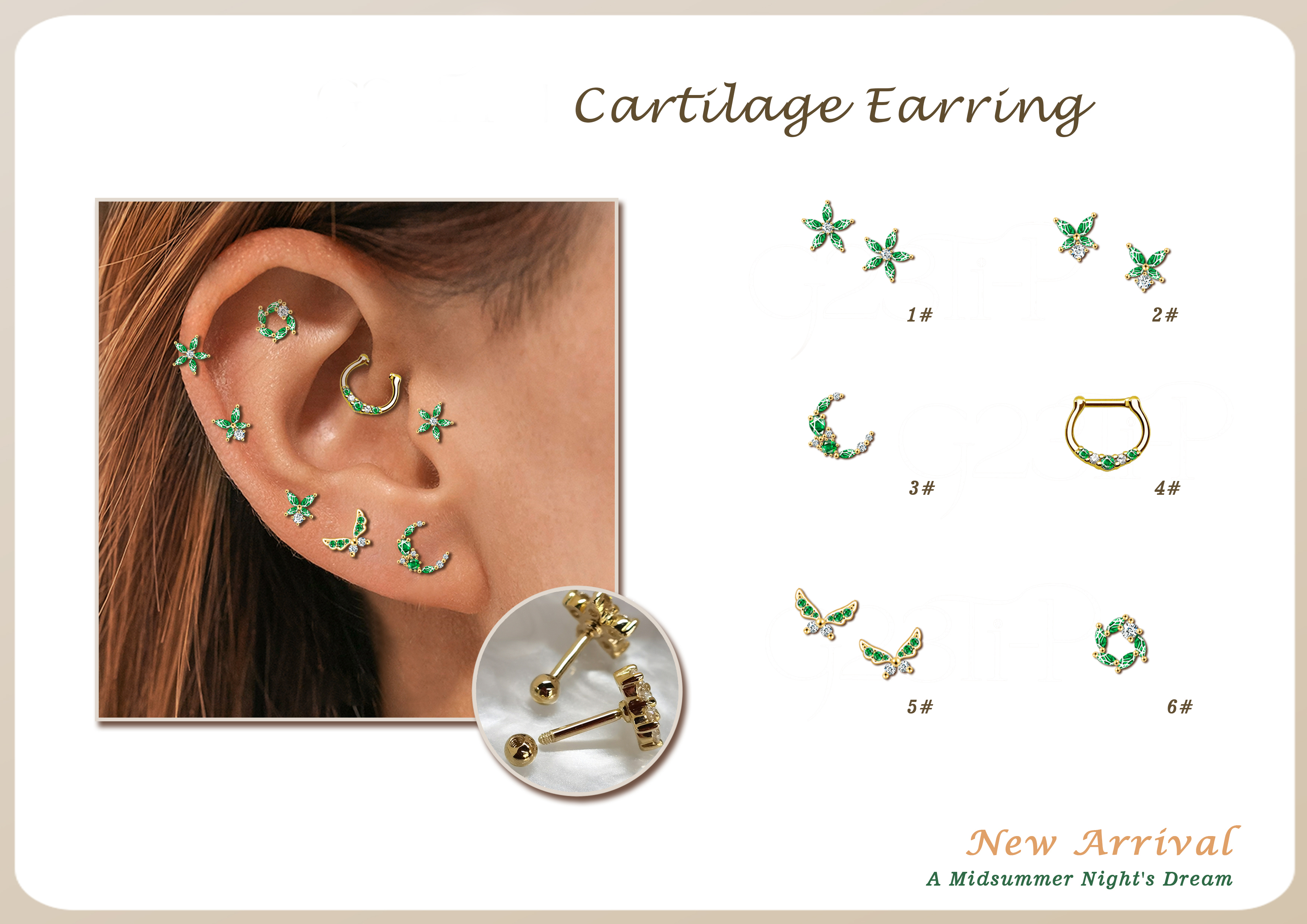
Constellation piercings: This is when multiple piercings are placed sporadically on the ear, usually on the lobe, creating a starry effect.
Multiple helix piercings: This is when two or more piercings are done on the upper part of the ear cartilage.

Snakebites: This is when two piercings are done on either side of the lower lip.
Heavy metal: Chunky and oversized metal jewelry, such as rings, cuffs and chains, are making a comeback in 2023. They go well with leather outfits and accessories.
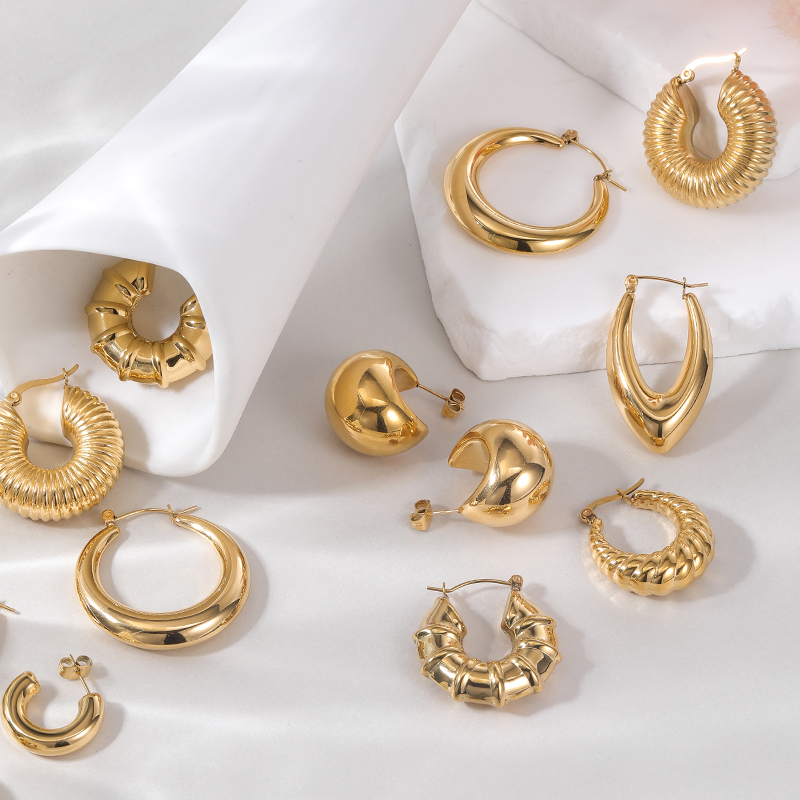
Dazzling metallics: Shiny and glittery metals, such as gold, silver and copper, are also popular for piercing jewelry. They add some glamour and elegance to any look.
Green gems: Green is predicted to be a trendy color for jewelry in 2023. It symbolizes nature, freshness and vitality. Emeralds, jade and peridot are some examples of green gems that can be used for piercing jewelry.
